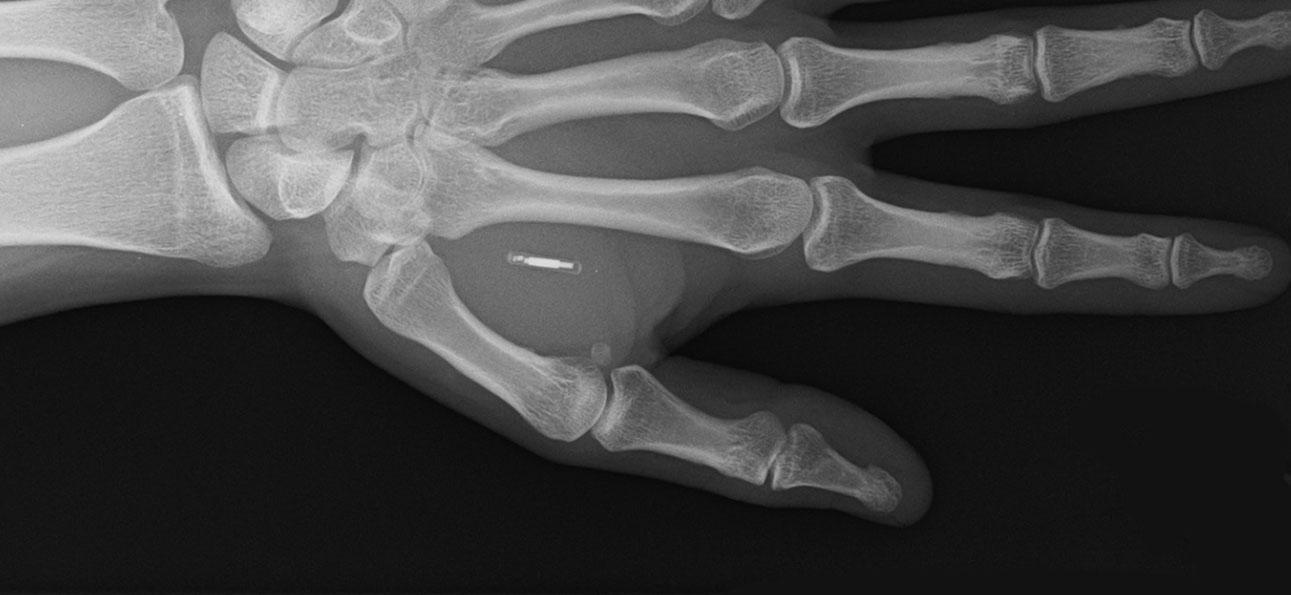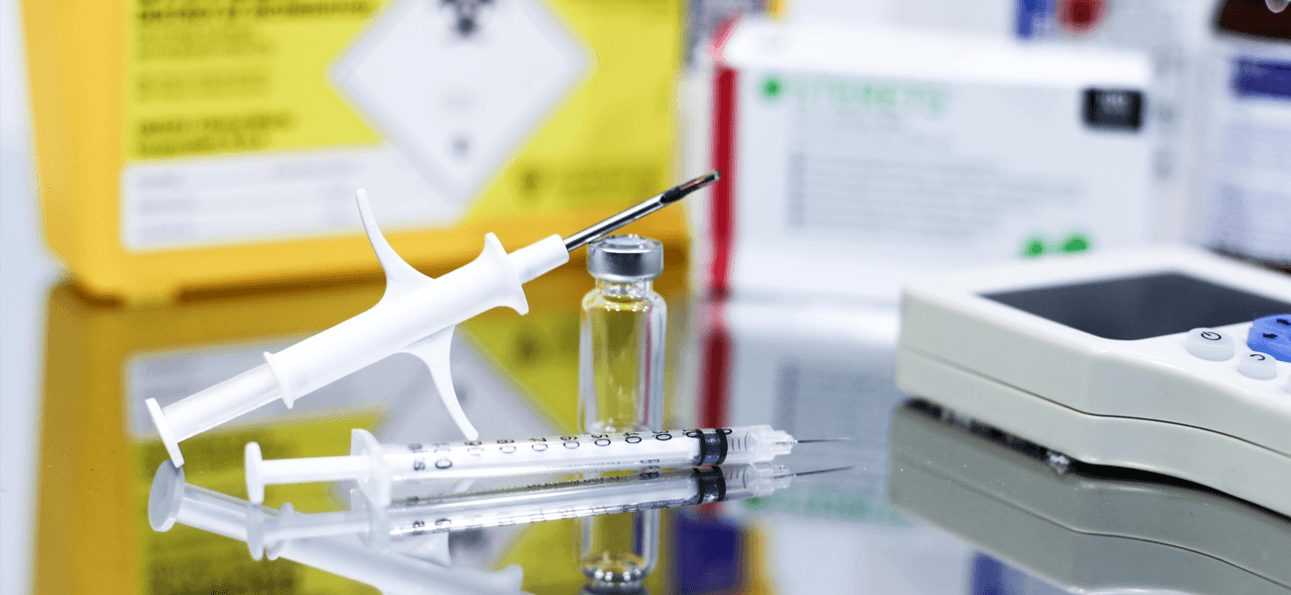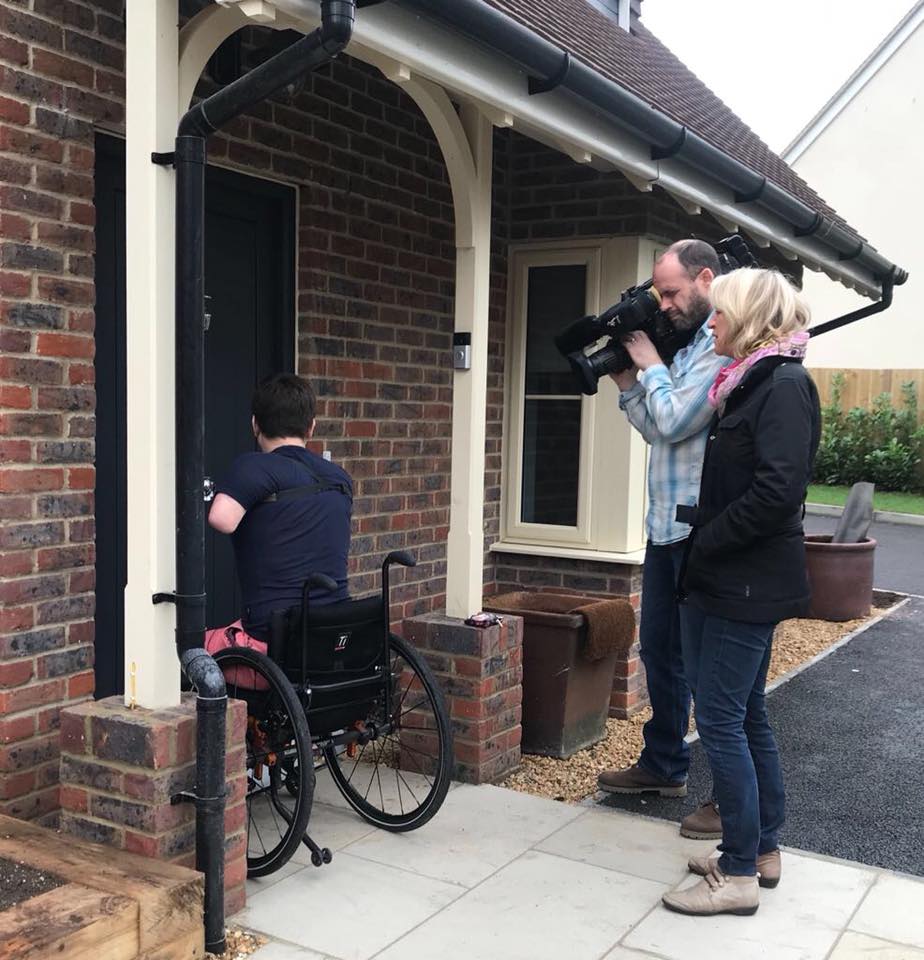
Bio-NFC

Bio-RFID

Implanting

Hardware

Information
Bio-NFC
Bio-RFID
Implanting
Hardware
Information
How we are developing Assistive Technology Solutions
The Alex Lewis and BioTeq Case Study

Working with people with disabilities where the use of keys is problematical and independence is otherwise compromised. The transponder can allow access through locked doors for people with such conditions as Rheumatoid Arthritis, Multiple Sclerosis, Motor Neurone Disease and wspecific impairments such as spinal paralysis and amputation. So for example a wheelchair mobile person can approach a door and the reader will unlock the door avoiding the need for keys that the person my not be able to use for themselves. If mobility is more difficult an electric door opener can be installed to make the passage seamless. There are a range of available readers that can detect the transponder from a distance of up to 30cm or so.
We are working with a charity for the visually impaired to utilise similar functions but additionally to create local vicinity communications that trigger audible or touch-sensory signals such as "You are entering the kitchen", "The toilet is occupied" or vibrating warning pads etc.
Aiding the relative freedom of people with learning difficulties so they can be tracked - an example we are looking at is a young man with Prader-Willi syndrome who has no sense of being satiated so eats uncontrollably. He requires constant supervision and has a wrist band that triggers alarms when he passes through doorways but can remove it! An implant could potentially overcome this provided the ethical considerations are overcome.
Storage of personal and summarised medical data. Many current Android devices have NFC readers as standard with downloadable Apps and the new iPhones 8 and X will be supplied with them. This can also be used as a personal business card and contact detail storage.
We are working with a charity for the visually impaired to utilise similar functions but additionally to create local vicinity communications that trigger audible or touch-sensory signals such as "You are entering the kitchen", "The toilet is occupied" or vibrating warning pads etc.
Aiding the relative freedom of people with learning difficulties so they can be tracked - an example we are looking at is a young man with Prader-Willi syndrome who has no sense of being satiated so eats uncontrollably. He requires constant supervision and has a wrist band that triggers alarms when he passes through doorways but can remove it! An implant could potentially overcome this provided the ethical considerations are overcome.
Storage of personal and summarised medical data. Many current Android devices have NFC readers as standard with downloadable Apps and the new iPhones 8 and X will be supplied with them. This can also be used as a personal business card and contact detail storage.

BioTeq Limited,
The IncuHive Space,
Mayflower Close,
Chandler's Ford Industrial Estate,
Eastleigh, Hampshire,
SO53 4AR
hello@bioteq.co.uk
*Please note we are not able to provide support unless we have carried out your implant procedure.
Company No. 10173300
© 2016 BioTeq Limited.
All rights reserved. Designed by InverseSquare Limited. Part of the SN Technologies Limited Group

Website Privacy, Cookies & Data Policy
All rights reserved. Designed by InverseSquare Limited. Part of the SN Technologies Limited Group
Website Privacy, Cookies & Data Policy